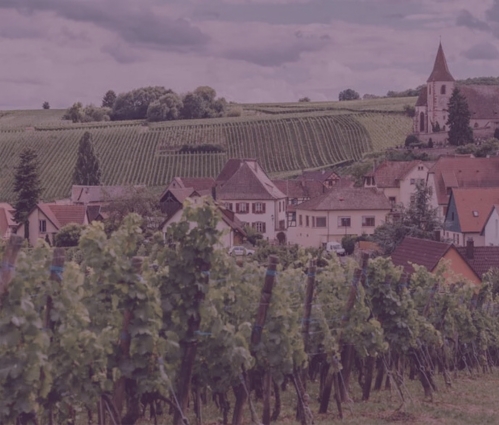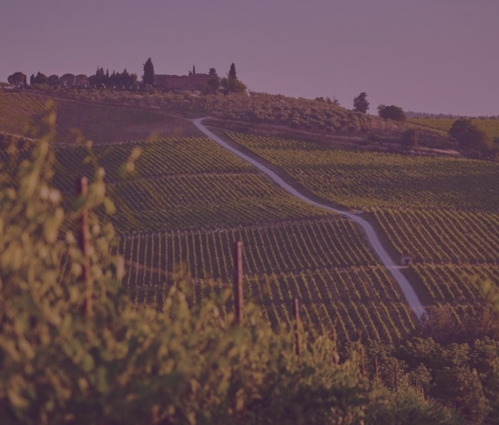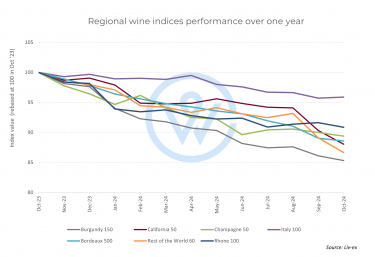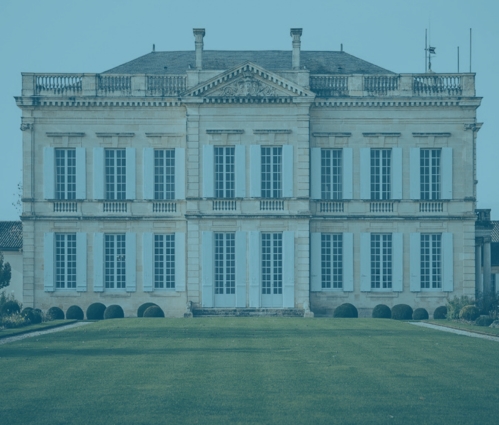Following on from our guide on Burgundy’s sub-regions, we turn our focus to the region’s quality and ownership divisions, which are equally integral to understanding what makes Burgundy’s wines so exceptional.
Quality divisions
Grand Cru
At the pinnacle of Burgundy’s wine hierarchy are the 33 Grand Crus, which represent around 2% of total production. These wines are the epitome of excellence, with yields restricted to a maximum of 35 hectolitres per hectare (hl/ha) and often far lower. Revered for their age-worthiness, these wines generally require five to seven years to begin showing their potential, with many capable of aging for decades. Grand Cru wines are among the most prestigious and collectible in the world.
Premier Cru
Premier Cru wines, comprising 12% of Burgundy’s production, are crafted from 640 officially recognized superior vineyard sites. With permitted yields of up to 45 hl/ha, these wines showcase the terroir’s expressive character. They typically require three to five years of aging but can develop even greater complexity with extended cellaring. These wines are highly regarded by connoisseurs for their balance of quality and accessibility.
Village Wines
Village wines account for 36% of Burgundy’s production and are produced under 44 communal appellations. These wines can be blends from various vineyards within a village or from single, unclassified plots. With a yield allowance of 50 hl/ha, Village wines offer excellent value for money and are known for their approachable nature. While they are often enjoyed young, many can be aged for two to four years or more, depending on their origin and vintage.
Regional Appellations
Regional appellations, collectively known as Vin de Bourgogne, make up nearly half of Burgundy’s total production. With yields of up to 70 hl/ha for reds and 75 hl/ha for whites, these wines are ideal for everyday enjoyment. While they lack the investment potential of higher classifications, they offer an accessible introduction to the region’s styles and are valued for their straightforward appeal.
Ownership Divisions
Monopoles
Monopoles are vineyards with a single owner, a rarity in Burgundy where fragmented ownership is the norm. There are fewer than 50 monopoles in the entire region, and many are associated with some of the most iconic wines. Examples include Domaine de la Romanée-Conti’s Romanée-Conti, Domaine du Comte Liger-Belair’s La Romanée, and Domaine du Clos de Tart’s Clos de Tart. These monopoles exist across Grand Cru, Premier Cru, and Village levels, and their exclusivity adds to their allure.
Domaine Wines
A domaine refers to an estate that grows its own grapes and produces its wine in-house. This approach allows the producer complete control over viticulture and winemaking, ensuring consistency and quality. Domaine wines are highly esteemed for their reflection of the estate’s unique terroir and meticulous craftsmanship. These wines are considered benchmarks of Burgundy’s artisanal winemaking tradition.
Négoce Wines
A négociant is a merchant who sources grapes, juice, or finished wine from growers and produces wine under their own label. While some perceive négociant wines as inferior, many are of exceptional quality due to the long-standing relationships between négociants and growers. This collaborative model enables access to fruit from top-tier vineyards, allowing skilled winemakers to craft extraordinary wines. Prestigious négoce producers, such as Maison Leroy, often rival their domaine counterparts in quality and acclaim.
Looking for more? Read our Burgundy Regional Report, which delves into the fundamentals of this fascinating region and the development of its investment market.



